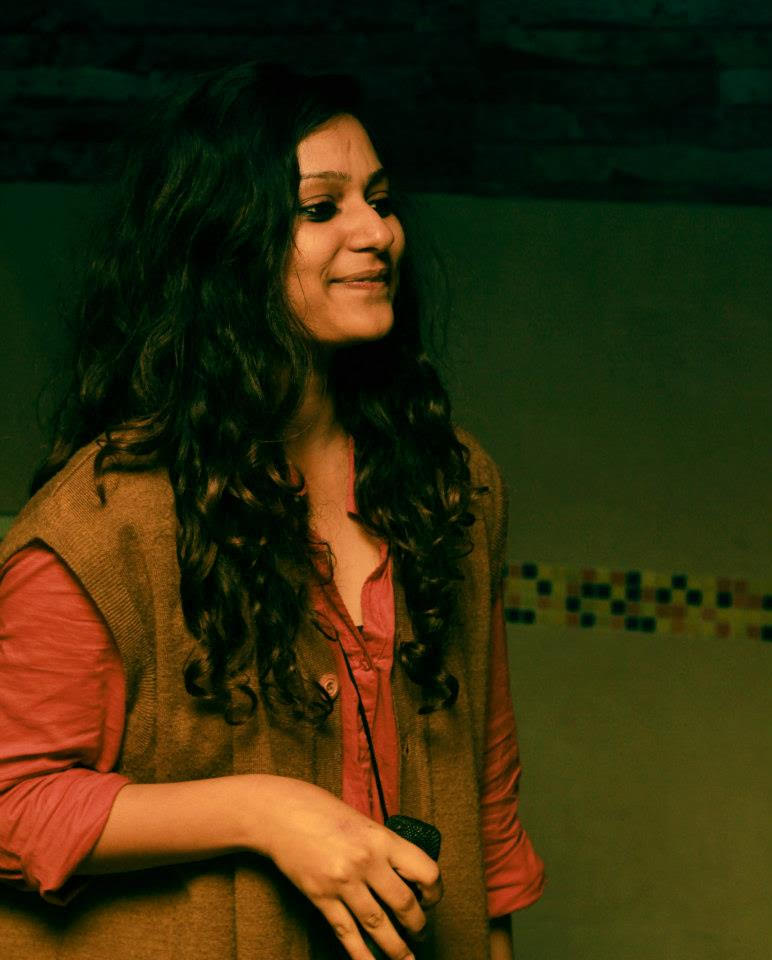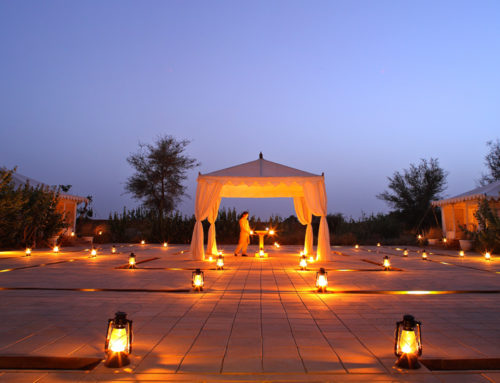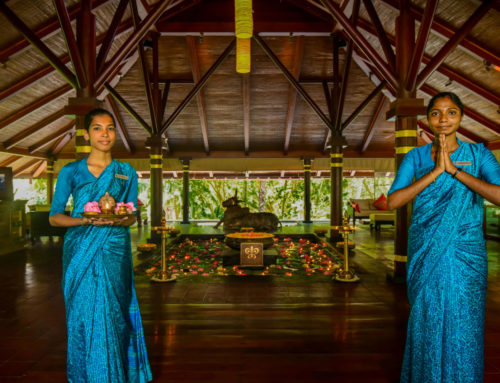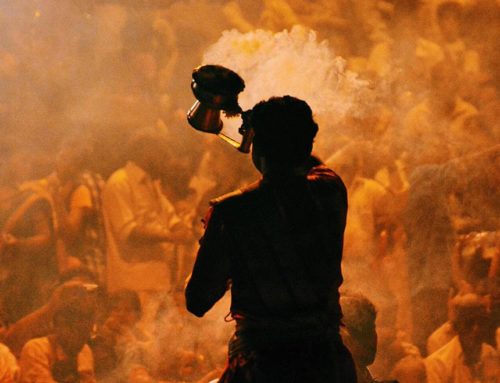Revisiting Indian Culture in Unique Temples of India
A temple is not an exhibition but a paradise for our senses and a healing space from the chaotic world.
For temples, you don’t need to be religious; just the love for great architecture and art will do. The temples in India date back thousands of years and it literally becomes impossible not to get awed by the exceptionally beautiful art, vast expanses and ornate sculptures and scriptures engraved.
Remember, at Touch Down India, we focus on an interactive and holistic approach to every travelling experience. By enabling interaction between the places and people, we accentuate India’s varied culture and experiences.
“History and beauty lie in the baroque wrinkles of old cathedrals. mosques, synagogues, temples and faces whose stories are told without a single word,” said Khang Kijarro Nguyen
Out of the hundreds of temples of India, we have selected the best 10 that you must visit to get a deeper insight into the unique Indian Culture that continues to exist. On our Temples of India, Spa & Wellness & Classic Rajasthan itinerary, you will be travelling to some of the most uniquely mysterious temples of India – some where the deities are unexpected or the rituals followed are absurd, unconventional & sometimes, some temples are uniquely strange that even the scientists and architects from around the world have not yet been able to figure out the mysteries behind.
No wonder, people from all parts of the world visit India to rediscover this very essence of human life.Begin again in India. Observe, Engage and Explore with TDI the most inspiring spiritual experiences that this country in its most divine corners has to offer.
1. Sun Temple, Konark, Orissa
Orissa is a lesser known destination amongst the tourists from outside India, but arguably the best known destination for some of the most astoundingly beautiful temples. Out of the hundreds of temples in Orissa, Sun Temple at Konark dedicated to the Sun God is the only UNESCO World Heritage site in the state and dates to the 13th century. The most interesting part is that even in its ruined state the temple still reflects the mastermind of the architects that imagined and constructed it. The temple has a magnet to bring light in whole temple complex that is modeled on a chariot, a chariot for the Sun God. Built from red-hued rocks, the structure is covered in ornate carvings, the temple is a testament to the great Kalinga architecture.
2. Lepakshi Temple, Andhra Pradesh
Famously known around the world for its hanging pillar, and we mean literally hanging. When you visit Lepakshi Temple, you will see out of the 70 structured and carved pillars inside the temple, one pillar doesn’t touch the ground. Pass clothes, paper or even your hands. Wonder how could the weight of the pillar be supported without it touching the ground? We still don’t know the mystery.
3. Brihadeeswarar Temple, Thanjavur
Another UNESCO World Heritage Site, Brihadeeswarar Temple is no ordinary feat. The site dates back to 1010, being the region’s oldest temple, has been a matter of mystery to the historians and architects alike. The temple has one of the largest complexes, hosts a tower that stretches dozens of meters into the air, and inside, it is adorned with colourful murals – all carved out of pure granite. What makes it unique is that there were no granite sources found anywhere within 60Kms of the temple, and to surprise you even more, single stone weighed 80 tons.
4. Karni Mata Temple, Deshnok, Rajasthan
On our Marwar Safari itinerary, you will be visiting the extraordinary Karni Mata Temple at Deshnok that is 30 km from Bikaner in Rajasthan. The temple is swarming with holy rats that are considered to be reincarnations of Karni Mata that lived in the 14th century who is believed to be an incarnation of Durga. You take off your shoes here before entering the temple and see if a rat runs across your feet. It is considered holy and a sign of good luck.
5. Thillai Nataraja Temple, Chidambaram, Tamil Nadu
If you are even remotely interested in the history of classical dances of India and knowing more about the Nataraja, Lord of the Dance, come visit the Thillai Nataraja Temple that stretch across dozens of acres, large enough that you would need some serious walking across the strikingly colourful temple complex.
6. Anantha Padmanabha Swamy Temple, Thiruvananthapuram
This is the world’s richest temple – Sri Padmanabha Swamy Temple; on one hand it is a beautiful blend of the Kerala and Dravidian styles of architecture; while on the other, it has some really interesting stories about the mysterious inaccessible vaults inside the temple complexes. The temple has seven secret vaults out of which 6 has already been opened, but the 7th vault has steel doors with no latches or bolts. The legend says that the door can only be opened only by a secret chant; doing otherwise can bring misfortune and dangers.
7. Kailasa Temple, Ellora, Maharashtra
Located in the cave no. 16 of Ellora, lies the Kailasa temple – the only temple that is carved out using the exact opposite technique called Cut Out where the carvers carved from top to bottom – largest single monolithic rock excavation in the world. When it was discovered, the site was covered with white plaster that made it look like Kailash Mountain, hence the name. It has the largest cantilevered rock ceiling in the world. Besides the temple was only completed in 18 years, which some researchers claim that it is impossible to build a structure so advanced in its design using simple hammer and chisels even with today’s advanced technology. In 1682, Aurangzeb hired 1000 workers for three years only to destroy this temple completely. By the end of it, they could only destroy a handful of carvings and finally left the temple as it is. Believe it or not, you need to visit this extra-terrestrial site to believe it.
8. Ranakpur Jain Temples, Udaipur, Rajasthan
Built in the beginning of the 15th Century, the Ranakpur Temple is known for its more than 1,400 carved marble pillars, of which no two are identical. Situated in Ranakpur village that is located in the Pali district of Rajasthan, this temple complex is the most important Jain pilgrimage site. The vastness of nearly 48,000 square feet area makes you feel its complexity. You can easily spend a day looking at the precious jewels, the myriad ornate Toranas’, delicate carvings, and intricate Jain spiritual art. Also, the unique structure of the temple keeps it cooler inside, no matter how much soaring the temperature outside is.
9. Meenakshi Temple, Madurai
Believed to be built in the 7th Century, Meenakshi Amman Temple, as it is known worldwide, is of the best known temples of South India known for its classical Dravidian architectural style, which typically consists of a complex featuring soaring towers, buildings made from stone, and pillared halls.
10. The only Brahma Temple, Pushkar, Rajasthan
According to Hindu Mythology, Brahma is the creator of the world and interestingly, the only Brahma temple in the world is in Pushkar, Rajasthan. The temple dates back to the 14th century. The legend says that Brahma himself chose the location that has been aptly described in the old scriptures too, owing to the curse of Savitri (Saraswati, goddess of knowledge).

The interaction with Nature is the founding discourse of any traveller. Recently moving to the mountain village brought me nearer to ground, a look closer at the dance of eternity. I realised there are varied worlds steeped in beauty, innocence and imagination, not bound by false arcades of norms and pretence. Travel stories fascinate me. For me, it’s been about renegotiating newer territories; forever relocating; listening & writing stories.



